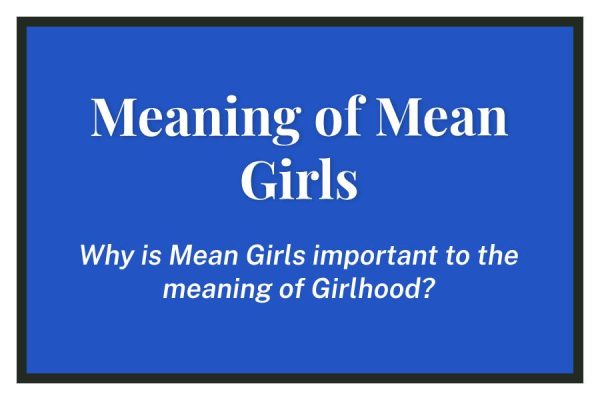Emma’s Dilemmas, Issue 5
Madam President: Shattering the Highest Glass Ceiling
When the American toy manufacturing company Mattel released its first iteration of “President Barbie” in 1992, they equipped her to lead the executive branch with a gaudy cerulean ball gown, a metallic silver bodice, and a pair of glossy scarlet high heels. To complete the obvious homage to the stars and stripes, blue eye shadow was splashed across her eyelids and her platinum hair was swept into a bouffant that would put a Southern beauty queen to shame.
The look read more Inaugural Ball than NATO Summit, but at the very least she accomplished what no living American woman had. President Barbie wasn’t a First Lady or a First Daughter, but the Head of State, the Commander-in-Chief, the Chief Executive.
A full twenty-four years later, Barbie is still all we’ve got.
Historically, it hasn’t taken more than a marriage certificate for a woman to get into the White House. I don’t mean to say that the First Lady does not have her own prerogatives, contributions, and responsibilities. One only has to look at Eleanor Roosevelt, or Jackie Kennedy, or Michelle Obama, to see that simply isn’t true.
Although these women are incredible in their own right, it is their husbands, not they, who set up shop in the Oval Office.
Growing up, I genuinely believed that I would live to see a woman become president. While I still have faith, this conviction isn’t as rooted in reality as I once thought it was. Whether or not Hillary Clinton had your support or your vote is irrelevant when discussing the role that gender played in the past Presidential Election and those before it.
In 2008, when Clinton cried during her presidential run, she was exposed by the media as weak and vulnerable. But when Obama broke down while delivering a speech on gun control, he was praised for his “empathetic” nature and his ability to be “a true family man” who was able to place himself in the hearts and minds of gun violence victims and their families.
This double standard is as widespread as it is damaging. In the United States, where the government is supposed to be for the people and by the people, if our people are not represented, then this tenet of our democracy is completely ineffective and falsified. Everyone deserves representation, and when the livelihoods and harsh realities of millions of people of various identities are protected by only certain categories of people, we all suffer.
Approximately 44% of jobs in the US federal government are held by women, according to the recent Women’s Work Group Report issued by the Equal Employment Opportunity Commision (EEOC). But once you move higher up the political ladder, the gap begins to become increasingly apparent.
In Congress, approximately 80% of legislators in both the House of Representatives and the Senate are male. Women of color are even more egregiously affected. Just 6.2% of women in Congress identify as such according to the same report.
So given this, what will it take for a woman to become president, and more specifically, who will it take?
Perhaps it will take Senator Tammy Baldwin, a democrat from Wisconsin who is a former governor with presidential aspirations. She is the first openly gay person serving in the US Senate.
Or perhaps it will take Senator Susan Collins, a republican from Maine, who joined the Senate in 2006 and is a ranking member of the Committee on Homeland Security and Governmental Affairs. She is considered to be one of the last remaining moderate Republicans in the northeast.
Maybe it will take Senator Barbara Boxer, a democrat from the state of California who was elected to office in 1992’s “Year of the Woman,” a popular label attached to that year after the election of a number of female senators in the United States.
Whoever it is, her path to the White House will not be easy. Joyce Beatty’s journey to securing the presidency as a woman of color would be different from Democratic Party figurehead and remarried mother of two Elizabeth Warren’s.
The United States Federal Glass Ceiling Commission defines the idea of the glass ceiling as “the unseen, yet unbreachable barrier that keeps minorities and women from rising to the upper rungs of the corporate ladder, regardless of their qualifications or achievements.”
This ceiling is invisible and yet incredibly tangible, glass and yet unable to crack, no matter what kind of sledgehammer is used.
The woman who finally shatters this country’s highest glass ceiling will be a phenomenal politician, a remarkable leader. Say what you will about her politics, the battle she will have waged to get where she is will be a testament to her aptitude and intuition. I may not know exactly who she will be, but I look forward to finding out.

















